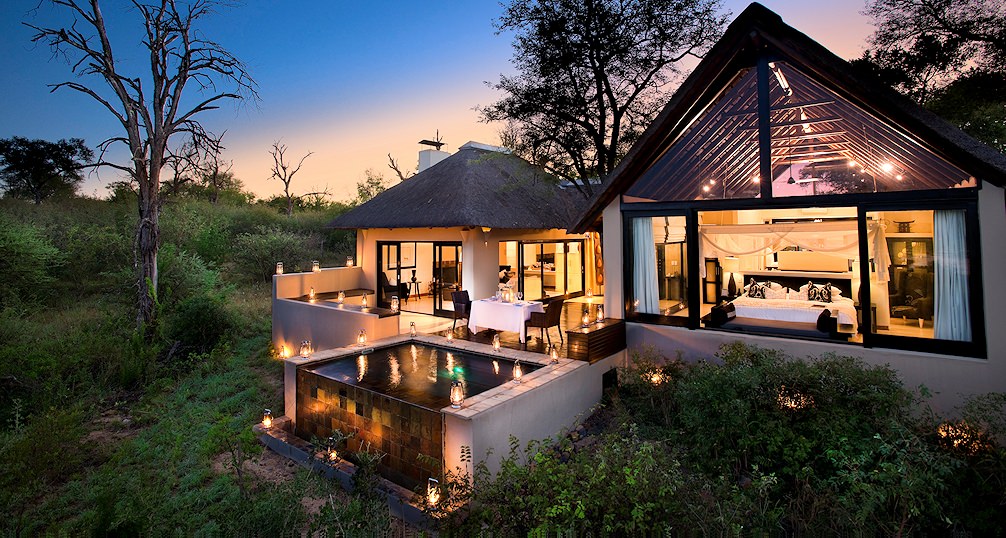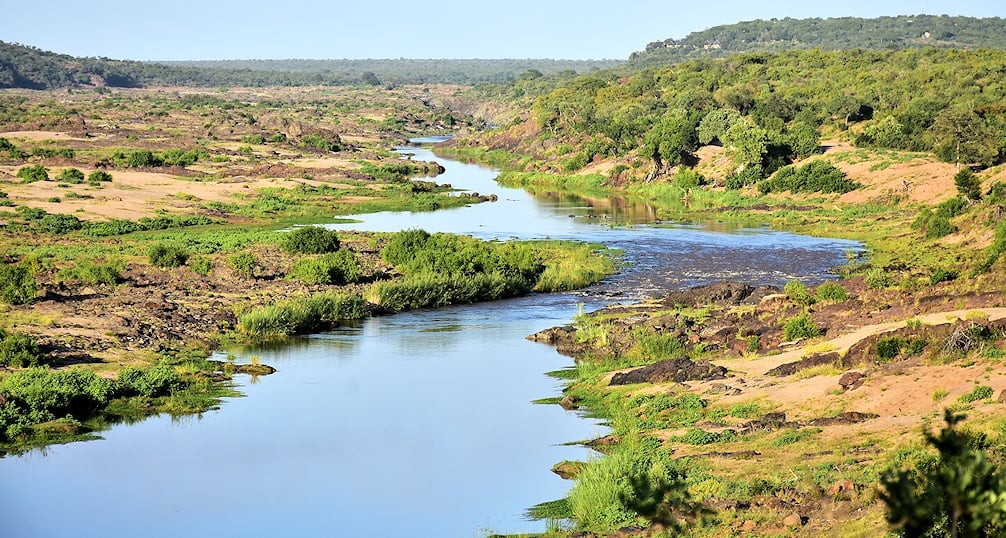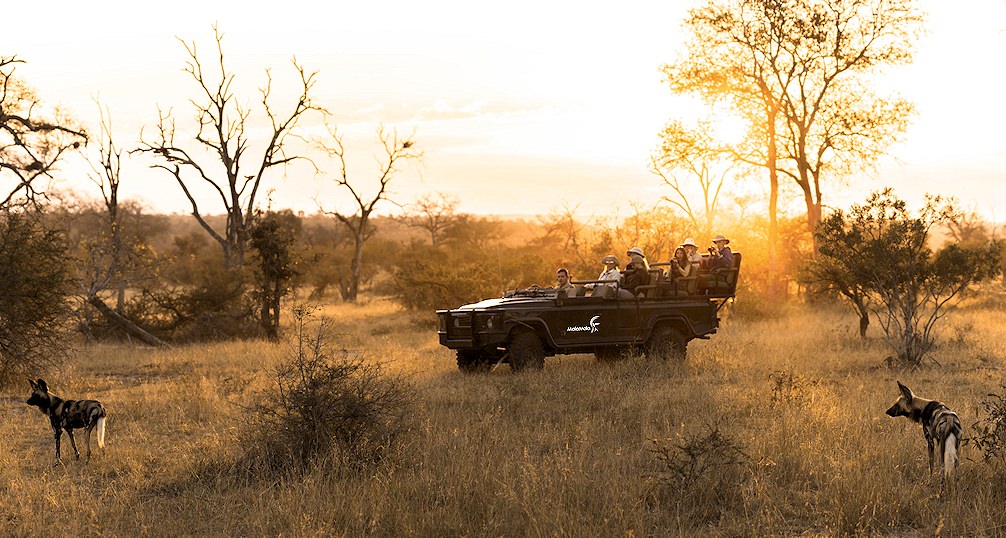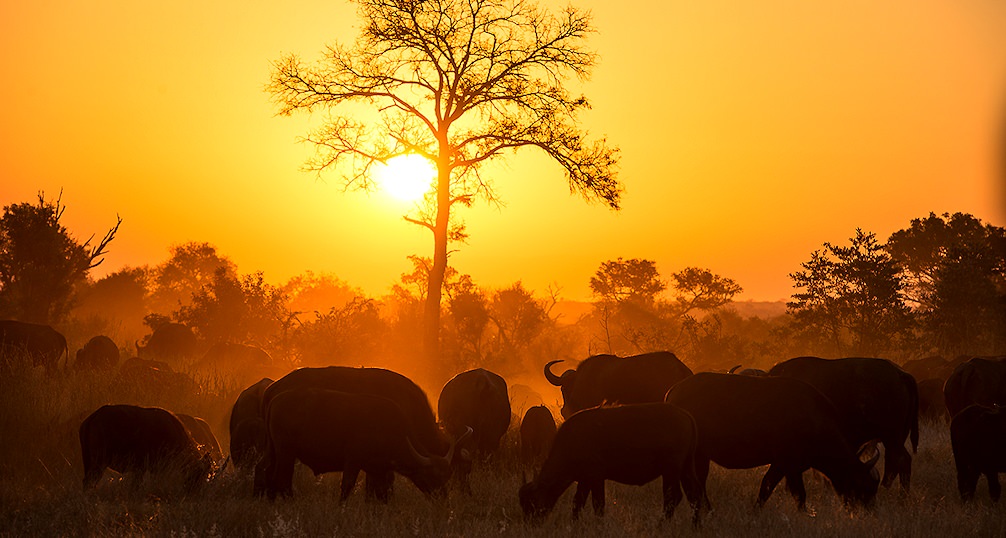
Originally meaning ‘to travel’, the word ‘safari’, a Swahili word with roots in Arabic, in contemporary language conjures up thoughts of exploring the bush and seeking out Africa's mega-fauna, the quintessential flat-top Acacia tree on the horizon. South Africa’s Kruger National Park is arguably the best destination on the continent for such a safari.
Every base is covered in Kruger: comfortable accommodation, quality wholesome meals and a well-established infrastructure. And, of course, Kruger has the wildlife; 147 species of mammals, a greater diversity than in any other reserve in Africa. With every piece of the puzzle in place, visitors are left with just one task: finding the wildlife. It doesn’t get any easier than that.

The concept of viewing wildlife for pleasure came about in 1923. Controversy notwithstanding, in the 1890’s a railway line was laid from Pretoria to the goldfields near Leydsdorp. In 1923, it was extended south across the Sabie River, through the Sabie Game Reserve to Komatipoort and on to Delagoa Bay- now Maputo - Mozambique. The route included an overnight halt near the Sabie River, but no facilities were available and passengers slept on the train. The journey proved so popular that rangers accompanied passengers and even arranged short excursions into the bush. The line was rerouted in 1968, but evidence of the groundworks is still visible in the southern Kruger National Park.
Kruger is so large that it traverses seven major geological zones. Varying geological sub-structure forms the base for diverse ecological systems, which in turn not only attracts an assortment of animals but also impacts their densities. The north-central region consists mostly of open plains and is covered with Mopane woodland. Mopane is like candy to elephants and an abundance of these massive animals occur there.
Elephants, however are not a primary prey species; hence the lion, leopard and hyena population is low. Such predator-prey appositions occur across Kruger, steered primarily by the biome.
The southern fifth of Kruger consists of dense to moderately dense bush savanna in some places, with open grassland plains in other areas. There you’ll find Kruger’s - and the world's - highest concentration of white rhino. North of that, the south-central regions are frequented by herds of animals such as zebra, wildebeest and buffalo. It follows that the region holds the largest lion populations in the park, and the now-famous mega-pride - as many as 35 animals – makes the Singita concession to the east of Satara its home.

With twenty such floral classifications in Kruger, naturally the most comprehensive Kruger Park safari is one that covers the length of the park. With 528 miles of paved and 897 miles of well-maintained unpaved road, the possibilities are almost infinite. Our comprehensive six-night/seven-day overland Kruger Park safari covers three regions of the reserve. The package is all about the wildlife and less about the aspects not essential to game viewing: accommodation and meal standards.
If those particular aspects are important, then a stay at a private safari lodge is the solution. A few lodges are located in Kruger, but the majority are found in neighboring private game reserves. Pre-1950, those reserves were privately owned farms. Farming was a tough business, with the prospect of lions and hyenas killing livestock an inevitability. The environment isn’t suitable for crop farming. But even if it were, raiding elephants would pose an insurmountable challenge. When game viewing surpassed hunting, the changeover on those farms was rapid. Farmers were no longer killing wildlife, but instead were earning a living from their presence. Today, those private reserves, now open to the Kruger National Park, offer some of the most prestigious accommodations on the African continent.

The best-located private reserve is Mala Mala, sandwiched between the Sabi Sand Game Reserve and the Kruger National Park.
The Sand River, a tributary of the Sabie, passes through the reserve. Adjacent to Mala Mala is Lion Sands, Londolozi and Singita. Further to the north is the Timbavati Private Game Reserve. These reserves, all now open to the Kruger National Park, substantially increase the wildlife area and make it one of the largest protected areas inhabited by big game in the world. This is a vast improvement over the status quo as it was 70 or more years ago, when wildlife conservation wasn’t a serious consideration. Over successive generations, the animals have become so habituated to the presence of humans that our vehicles are now part of their environment, much like trees, rivers and other natural features. Not only does this mean excellent sightings for visitors, but it also gives us the opportunity to study their most intimate behavior as if we were but flies on the wall.
When one considers the greater Kruger National Park as it is today and looks back at the region’s history, one could easily reach the conclusion that it’s the best and certainly the most established safari destination in Africa. Kruger sets the standard.
Its reputation precedes it. The region is the most species-diverse on the continent. Luxury safari lodges are continually raising the bar. National Geographic documentaries have been filmed there. Scientific studies and knowledge gained in Kruger is utilized elsewhere in Africa and around the world to great benefit.
Whether it’s your first time, or if you’re a seasoned safari enthusiast, somewhere in South Africa's Lowveld is a secluded lodge, nestled away in a quiet corner not often visited, awaiting your arrival. Just down the road you’ll encounter a browsing elephant bull or a herd of Cape buffalo. Resting on the branch of a Sycamore or Marula tree is a spotted cat, seemingly dozing but ever alert. The peacefulness of the evening is interrupted by the roar of a distant lion declaring his territory. The final component is your presence, having travelled from a distant land to Southern Africa, the root of humankind.
